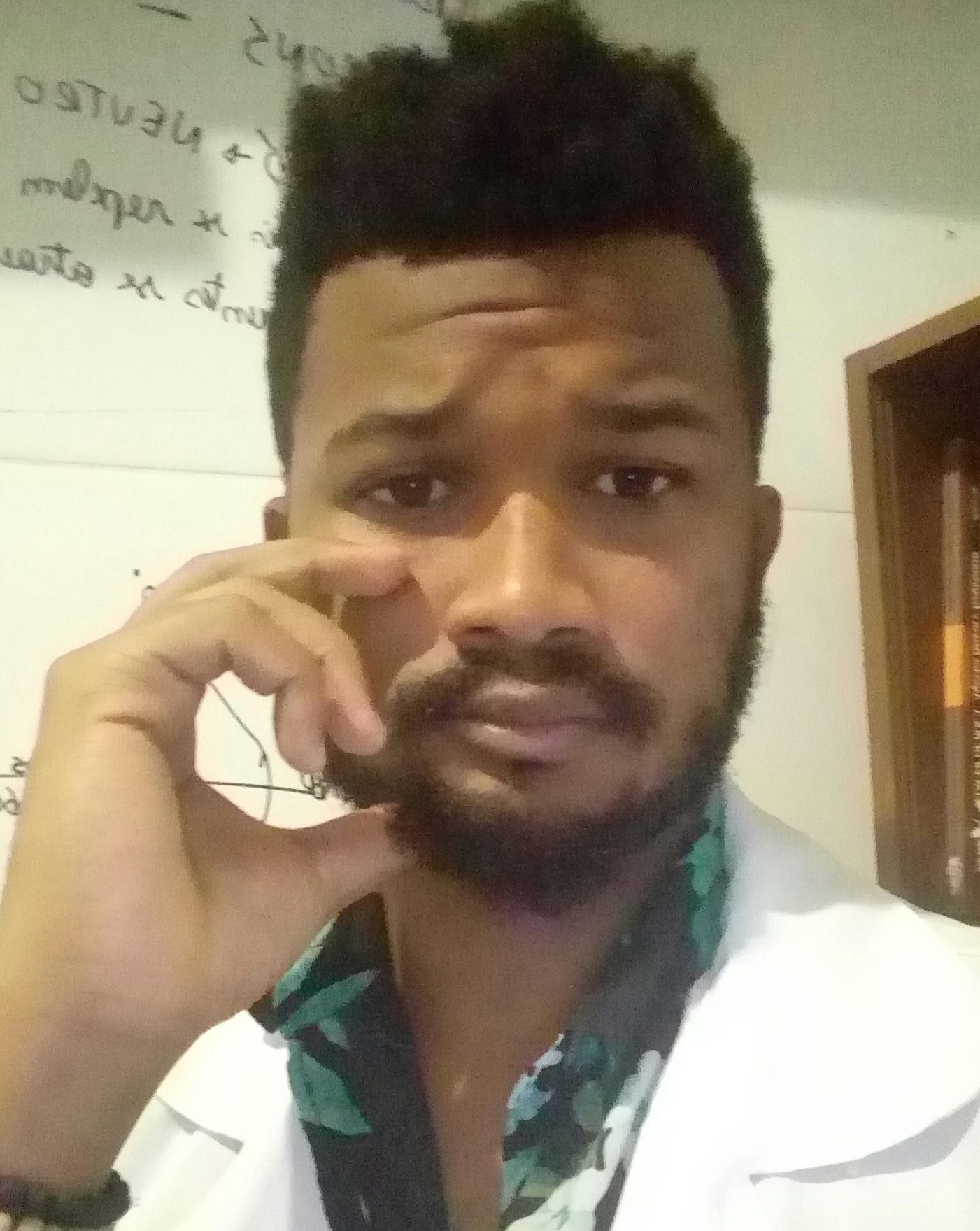Início Desmame difícil e decanulação tardia de pacientes traqueostomizados vítimas de traumas num...
Fonoaudiologia

Desmame difícil e decanulação tardia de pacientes traqueostomizados vítimas de traumas num hospital de referência na Região Norte
Resumo:
Background: Tracheostomy can be performed as a preventive, curative, palliative or elective action, ist indication often happens due to failure in extubation, despite its benefits when it comes to respiratory comfort, there are also long-term harms, regarding changes that directly reflect on the swallowing and speech functions. Objective: This research aimed to analyze the process of difficult weaning and late decannulation in tracheostomized patients victims of trauma, looking for ways and analyzing what makes weaning difficult and late and how to improve this process. Methods: A descriptive-analogical, retrospective and quantitative study was conducted, with analysis of 40 medical records, from the first semester of 2018, with patients over 18 years of age classified as difficult weaning and late decannulation. For data collection, an instrument was used containing information about the functional diagnosis and related to weaning and decannulation. Results: Most of the patients undergoing tracheostomy classified as late weaning are men, victims of motorcycle accidents or physical aggressions that evolved with traumatic brain injury, and had an average of 10 to 11 days of orotracheal intubation, which was of great impact for the period prolonged tracheostomy. Conclusions: It was concluded that the patients who had had a speech therapy follow-up since the period of invasive mechanical ventilation with IOT about to extubate had shorter weaning time from the tracheostomy, compared with the patients who were only followed up after the tracheostomy.
Keywords: weaning, speech therapy, tracheostomy.
Expandir Resumo
Acessar Texto Completo

Efeitos do uso de tubos finlandeses e eficácia da fonoterapia na qualidade vocal da transexual mulher: Relato de casos
Resumo:
Background: The voice is an aspect of communication capable of designating an individual's gender. Thus, many transsexual women seek speech therapy to adapt their vocal parameters. Objective: To verify the effects of using Finnish tubes and the effectiveness of speech therapy on the vocal quality of two transsexual women. Methods: Anamnesis, perceptual auditory evaluation of the voice, quality of life protocol in voice-QVV and acoustic analysis were performed to determine vocal patterns. Participant 1 performed only the exercise using Finnish tubes at a single time, while Participant 2 performed vocal therapy, with weekly sessions, for 8 months. Results: There was an improvement in vocal quality, an increase in fundamental frequency, an increase in the intensity and quantity of harmonics after the use of Finnish tubes. While through speech therapy, breathing adequacy, increased respiratory capacity, improved resonance, vocal projection, increased fundamental frequency, increased intensity and automation of a softer voice in spontaneous speech were verified. Conclusions: The use of Finnish Tubes can help in the vocal improvement of the transsexual woman. However, speech therapy plays a fundamental role in adapting all communicative aspects, in addition to providing the necessary care for maintaining voice.
Keywords: speech therapy, voice, transsexual, speech therapy, exercise therapy, speech acoustics, vocal quality.
Expandir Resumo
Acessar Texto Completo

Multidisciplinary team of oncology and the participation of speech therapy in the rehabilitation of patients subject to head and neck surgery
Resumo:
Introdução: As principais causas para o aparecimento de tumores na região da cabeça e pescoço estão relacionadas ao tabagismo e ao consumo de álcool. Enfatizando que o tabagismo é o maior fator de risco para o câncer de cabeça e pescoço, bem como câncer de pulmão e esôfago. Entre as neoplasias mais comuns da cabeça e pescoço estão as localizadas na cavidade oral, faringe e laringe e, de acordo com o grau dessas lesões, as ressecções podem ser totais ou parciais e frequentemente associadas à quimioterapia, radioterapia ou mesmo por ações isoladas. Funções como mastigação, deglutição, fala e voz acabam sendo comprometidas e são essenciais para a sobrevivência e a vida social. Diante dos fatos, esta pesquisa teve como objetivo realizar um estudo científico sobre a atuação do Fonoaudiólogo na equipe multidisciplinar de reabilitação de pacientes com câncer de cabeça e pescoço. Revisão: Os casos mais comuns de neoplasias são na cavidade oral (40%), faringe (15%) e laringe (25%). O fonoaudiólogo é o profissional responsável por avaliar, reabilitar e diagnosticar possíveis alterações que comprometam as funções do sistema estomatognático. O principal objetivo do ponto de reflexão é que a equipe multiprofissional tenha como objetivo implementar medidas que contribuam para a prevenção de doenças oncológicas e a promoção/recuperação da saúde. Discussão: Como resultado desta pesquisa, observou-se a importância da Fonoaudiologia no tratamento de pacientes submetidos a ressecções de cabeça e pescoço, sendo incluída em uma equipe multidisciplinar. Considerações finais: Diante desses fatos, é possível destacar a relevância das atividades fonoaudiológicas com pacientes oncológicos, tanto no período pré-cirúrgico, com orientações sobre cirurgia e possíveis alterações fonoaudiológicas, quanto no pós-cirúrgico, com a reabilitação das funções estomatognáticas. Enfatizando que resultados efetivos requerem intervenções em conjunto com outros especialistas em cabeça e pescoço.
Palavras-chave: fonoaudiologia, equipe multidisciplinar, ressecções de cabeça e pescoço.
Expandir Resumo
Acessar Texto Completo

Estrutura e função: inter-relação fonoaudiológica e odontológica na reabilitação do sistema estomatognático
Resumo:
Introduction: The stomatognathic apparatus consists of specific structures of the head and neck that perform important and vital functions. The joint work between speech therapy and dentistry has been very evident in the literature and shows promising results. This study aims to emphasize the contribution of speech therapy and dentistry in the treatment of disorders of the stomatognathic system, as well as the importance of joint action between these sciences. Review: The stomatognathic apparatus, also known as the stomatognathic system, gets its name from the connection between the oral cavity and the mandible. The functions of this device are closely linked to orofacial and mandibular development. The structure of the stomatognathic system consists of the bones of the maxilla, mandible and temporal. Speech therapy, in addition to studying each structure of the stomatognathic apparatus, also focuses on the physiological order of each structural part, such as what are the responsible elements that allow chewing, that contribute to phonation (formation of phonemes) and which nerves act in chewing among other activities. Discussion: For the speech therapist and the dentist to present efficient clinical results, directed to the diagnosis and prognosis of patients with disorders of the stomatognathic system, a vast anatomical knowledge of the head and neck is necessary. Final considerations: Based on the reports, the importance of joint care between speech therapy and dentistry in the treatment of pathologies that compromise the stomatognathic apparatus was confirmed. Speech therapy is responsible for the functional rehabilitation (function) of the stomatognathic apparatus (chewing, swallowing, speech, voice, phonation and breathing) and dentistry deals with the structural part (surgery, repositioning of the maxilla and mandible, alignment and dental adjustment among other activities). The main joint actions are in the orthodontic, buccomaxillofacial, prosthesis and surgery specialties.
Keywords: stomatognathic apparatus, speech therapy, dentistry.
Expandir Resumo
Acessar Texto Completo

A percepção dos professores sobre respiração oronasal em alunos de uma escola da rede privada – São Luís/MA
Resumo:
Introduction: The breathing is indispensable to the functioning of the organism, and its first route is the nose, which directly interferes in the protection of the respiratory tract and the stimulation of the craniofacial development, however not everyone can use it properly which brings about changes in the life of an individual. Objective: The research aimed to identify the teachers' perception of oronasal breathing in students. Material and methods: The research was characterized as an observational, cross-sectional analytical study, and the initial sample was composed of 10 Co-Educar school teachers, regardless of age and time of profession, but who taught for students in the age group 1, 5 to 11 years old. Results: The results of the study indicated that 60% of teachers had inadequate perception and 40% were adequate. Discussion: Balthazar et al. (2016) confirmed that most teachers do not adequately perceive oronasal breathing in students, as 70% of them reported not perceiving their students' breathing type. Conclusion: It was verified the teachers' lack of adequate perception about oronasal breathing in students, and it demonstrates the necessity of the creation of activities that promote awareness about the incorrect way of breathing and its consequences, since teachers can perceive more easily not only the physical alterations, as well as any potential interference in the process of learning.
Keywords: Speech therapy, Breathing, Students.
Expandir Resumo
Acessar Texto Completo

